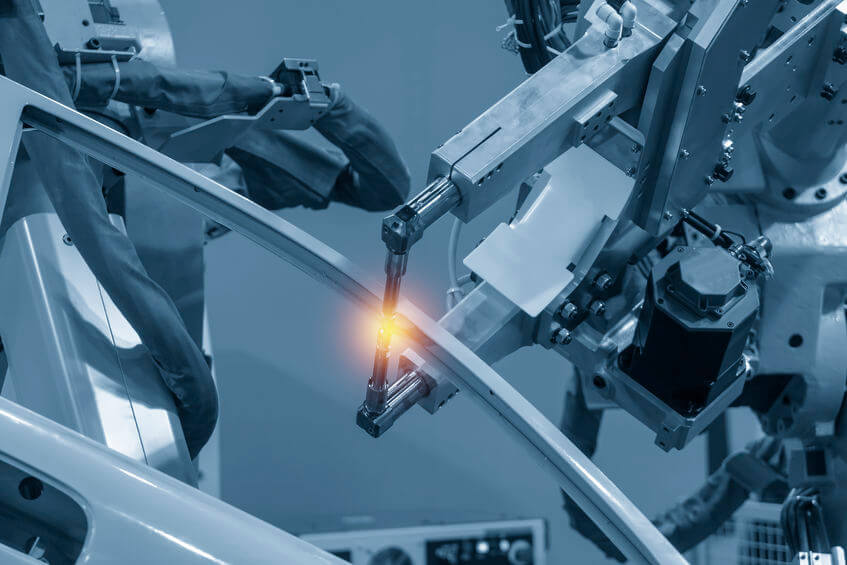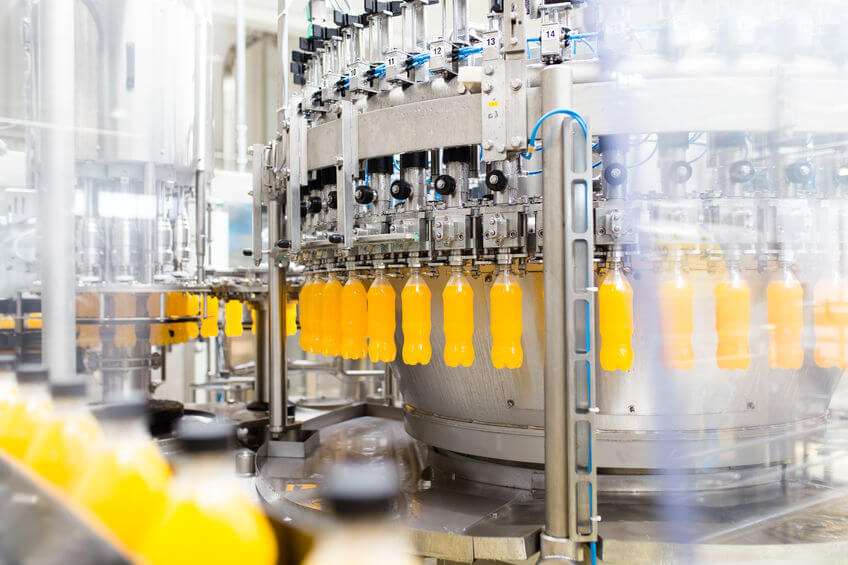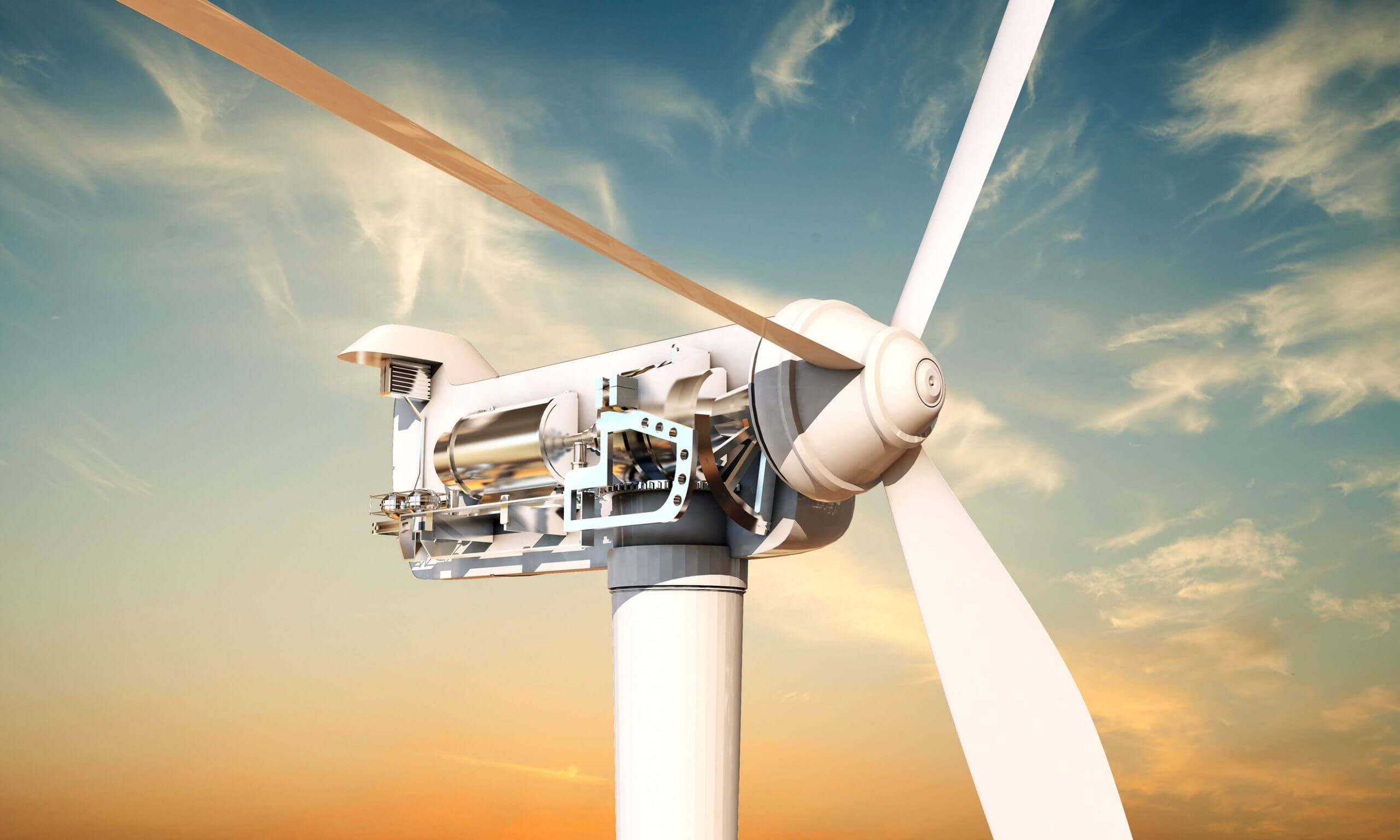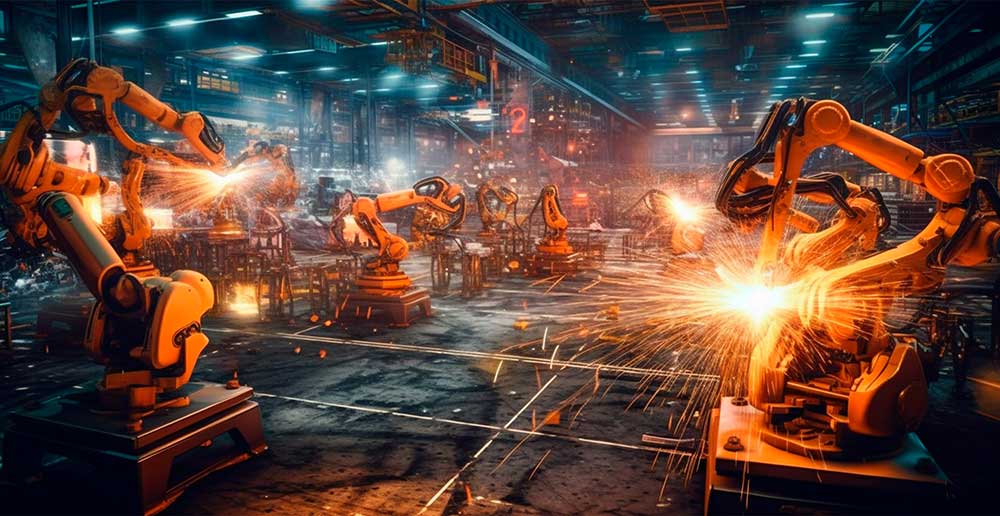In recent years, Permanent Magnet Technology (PM Technology) has become a cornerstone of industrial modernization. By using permanent magnets instead of electromagnetically generated magnetic fields, this technology offers significant advantages in efficiency, performance, and sustainability.
But what makes PM technology so essential for today’s and tomorrow’s industry? At Bakker Magnetics, we see first-hand how this technology helps transform industrial applications every day.

What makes PM Technology more efficient than traditional systems?
The key difference between PM technology and conventional electric motors lies in the use of permanent magnets. Traditional motors require electrical energy to generate a magnetic field, whereas PM motors generate it passively through the magnets themselves. This eliminates the need for excitation current, reducing energy consumption and heat generation.
This technical advantage translates into efficiency levels reaching up to 98%, even under partial loads. By contrast, standard AC induction motors typically achieve between 85% and 92%. In industrial environments—where motors often run thousands of hours per year—this difference can result in substantial energy savings and lower operational costs. At Bakker Magnetics, we develop customized PM motor solutions and assemblies tailored to meet these exact energy performance demands.

How does PM technology perform in terms of power density?
Another decisive advantage of PM technology is its high power density. While standard industrial induction motors typically offer between 0.5 and 1.5 kW per kilogram, PM motors can achieve 2 to 5 kW/kg, depending on the design, cooling technology, and magnetic material used. This allows for the development of compact and lightweight motors without sacrificing performance.
This makes PM motors particularly suitable for applications where space and weight are critical factors, such as in electric vehicles, robotics, aerospace, and precision manufacturing. Bakker Magnetics designs and assembles high-performance magnetic components for e-mobility that meet the strictest requirements for dimensional stability and reliability.

What role does PM technology play in precision applications?
PM motors are exceptionally well-suited for applications requiring accurate positioning and stable performance at low speeds. Thanks to the constant magnetic field, these motors respond quickly and precisely to control inputs. The torque is also highly linear and consistent, even at zero or low speeds.
This makes PM technology ideal for use in CNC machines, medical devices, elevator drives, and various automation applications. In some high-performance setups, a specific torque of more than 10 Nm/kg can be achieved, something rarely feasible with traditional motor types without bulky and heavy systems. Bakker Magnetics supplies customer-specific magnet assemblies with precise dimensional tolerances, durable bonding techniques, and optimal magnetic field distribution.

Is PM technology low maintenance and reliable?
Absolutely. PM technology is known for its low maintenance requirements. Because there are no brushes or slip rings involved in generating the magnetic field, there is less mechanical wear. This not only reduces maintenance costs but also extends the service life of the system.
In industries where machines operate 24/7, such as process automation, petrochemicals, or food production, this increased reliability means less unplanned downtime and therefore greater operational security. PM systems are also more robust when it comes to temperature fluctuations and vibrations. At Bakker Magnetics, we provide reliable solutions for industrial automation that ensure long-term performance, even under harsh environmental conditions.

How does PM technology contribute to sustainability?
Improved energy efficiency doesn’t just mean cost savings, it also leads to lower CO₂ emissions. PM technology actively supports the sustainable transformation of industry by structurally reducing energy usage. The technology also plays a key role in the rise of renewable energy. In modern wind turbines, PM generators are used in direct-drive configurations, eliminating the need for a gearbox. This reduces mechanical losses and increases reliability—especially in offshore installations.
The magnets used, such as neodymium-iron-boron (NdFeB), offer extremely high energy density, up to 500 kJ/m³. In high-temperature environments, samarium-cobalt magnets can be applied, which withstand temperatures of up to 250–300 °C without magnetic degradation. Bakker Magnetics delivers optimized PM technology for wind and hydroelectric energy systems that meet the highest standards of sustainability and efficiency.

What does this mean for the future of industry?
PM technology isn’t just a technological upgrade, it represents a paradigm shift in industrial drive and power generation systems. The combination of higher efficiency, compact design, precision, reliability, and environmental friendliness makes PM technology a foundational element in the smart and sustainable industries of the future.
Companies investing in PM solutions are making a strategic move toward lower energy costs, improved performance, and a reduced ecological footprint. In an era where technological progress must go hand in hand with sustainability, permanent magnet technology is indispensable.
At Bakker Magnetics, we are committed to helping businesses innovate with reliable, efficient, and forward-looking magnet solutions.
Explore our motor and drive solutions or contact our team directly for technical advice or collaboration.







